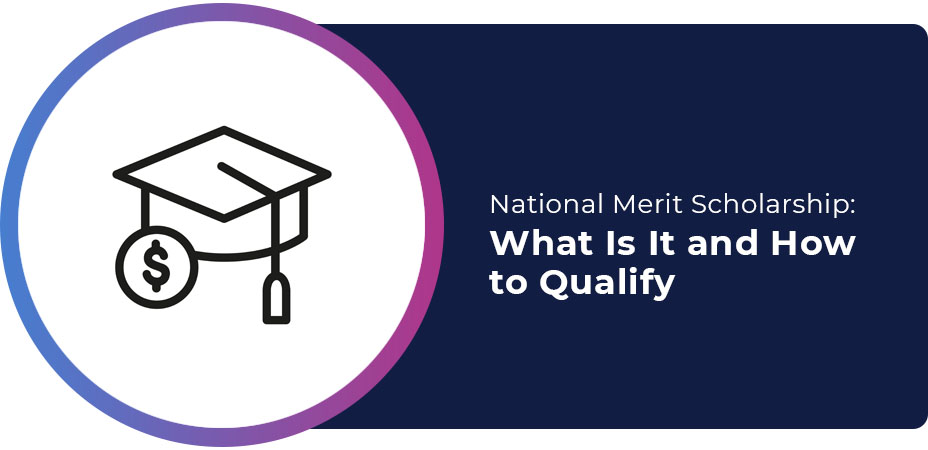Summary: After high school, you have an array of options to choose from, and some of them are alternatives to a traditional college route.
Take a Different Path with These 6 Alternative Choices
Since 2018, there has been a slide in the college-going rate that is becoming steeper. Students are rethinking college due to over a decade of rising costs in tuition and fees. According to Forbes, more than half of students who leave college have debt. As of 2022, the total U.S. student loan debt had climbed to $1.75 trillion. Nationally, the completion rate for college is 62% after six years, and these sobering statistics are causing some to choose a different course of action than a college education.
Our economy has also shifted to a global, digital, and knowledge-based economy, which has also caused a shift in learning. In the last decade, the sector of alternative post-secondary education has grown to accommodate these new ways of learning. Alternative post-secondary organizations offer students non-traditional settings, lower costs, and shorter time periods for degrees or credentials. Read on to learn more about some of these post-secondary options in this article.
Apprenticeship
In an apprenticeship, you can learn a specific skill with on-the-job experience. After finishing an apprentice program, you can get a job within the industry. CNBC reports that apprenticeships are a clear and more connected pathway to a career. Companies with apprentice programs benefit because they create and replenish their labor force.
Compared to college, apprenticeships are free or low-cost and shorter in duration. Educational consultant and career advisor Hafeez Lakhani says that some people cannot wait four years before earning a living—apprenticeships create a much smaller gap from learning to earning.
Internship
Internships are also work experiences in a particular industry or with a particular company. They can be paid, unpaid, or result in college credit. Internships allow you to work temporarily in an industry or company for weeks or months before committing further. This is especially helpful if you are still determining your career path or have worked in a particular industry and are now looking to change careers.
In an internship, you can do various tasks within a company and observe the workplace environment and the professional skills needed to succeed in the industry. Professional relationships while interning can also be valuable when networking for a job.
Certifications
Another alternative to college is through a certification program. Two of the most prominent certification programs are in the informational technology (I.T.) and allied health career fields. Like apprenticeships, completing a certification program is a quicker avenue to employment and less costly than a 4-year degree. Certification courses are self-paced and typically online, which may be more convenient for working adult learners. A certification that is in demand by the industry can also command a salary comparable to or even greater than that of a college graduate.
Online College
Traditional colleges have realized that face-to-face classes and set schedules limit access to college for many. The pandemic only further reinforced the need for alternative educational settings. Since the late ’70s, there has been a steady rise in online colleges that are more accommodating for potential students and adults looking to advance their job skills.
If you are considering an online college as an alternative, look for one that is accredited, has a high graduation rate, charges reasonable tuition, and provides well-defined academic support when you need help. Some online colleges are self-paced, so completing a degree requires initiative and self-discipline.
Military Service
Military service has long been a post-secondary alternative to college. Joining the military is not to be considered lightly, however. It requires several years of commitment and may result in participation in military action abroad. Understanding all the academic and physical requirements of military service before enlisting is important; speaking with current enlisted service members can give you a good idea of what military life is like.
The military does provide a regular paycheck, specialized training, and added benefits like medical and dental services. Veterans of military service also receive college tuition support through the GI Bill, should they wish to pursue a degree later.
A Gap Year
If you are ambivalent or undecided about a career path, a gap year between high school and college may suit your needs in the short term. A gap year allows you to determine a career pathway, gather or apply for financial resources, and develop a strategy. A gap year also allows you to try out jobs, internships, apprenticeships, or volunteer opportunities that interest you.
Volunteer opportunities, like the Peace Corps or Habitat for Humanity, may also allow you to travel within the U.S. or abroad. There are risks involved with a gap year. While it may be tempting to do nothing, set short-term goals and deadlines for things you wish to accomplish within the year.
Identify Your Priorities
Whether changing careers or trying to choose one for the first time, it’s important to identify your priorities and preferences. Consider your personality, lifestyle, academic skills, financial resources, and career interests. Choose a post-secondary path that best fits your needs.
College is not the only choice. Various opportunities are available for you to create your successful career pathway.







